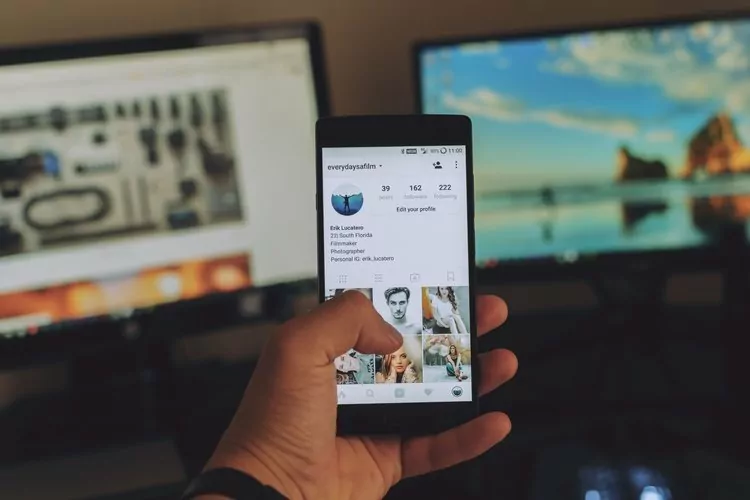Fake followers is undoubtedly a popular talking point right now, particularly after the CMO of Unilever, Keith Weed, raised his concern regarding the issue at Cannes Lions earlier this year. Announcing that Unilever will not work with influencers who have bought followers, Weed urged the industry to “take action now to rebuild trust before it’s gone forever”.
With 75% of marketers allocating money towards influencer marketing, being able to differentiate truly influential accounts from fake ones is more important than ever. A high degree of fake followers makes the account appear more successful than it truly is, creating a false indication of profit for business that allocate huge budgets to influencer marketing. Rakuten Marketing found that marketers are willing to pay £1,500 to £75,000 for a brand endorsement by an influential person. Yet, 25% of marketers will fail to break even on their influencer marketing campaigns due to not being selective enough with whom they choose to represent their brand.
Although social networking platforms try to identify and remove dummy accounts, it is estimated that 8% of Instagram accounts are fake – and it’s becoming increasingly difficult to spot these fake accounts. Even influencers who have grown their following organically will most likely attract a certain amount of fake followers. So, what can you do to better identify fake accounts and ensure that your influencer marketing campaign will be profitable?
5 ways of spotting fake followers
Although removing all fake accounts is next to impossible, there are useful strategies to help determine whether an account is real or not.
- Engagement rate. This is easy to determine because you simply look at the number of likes and comments an influencer have on their most recent posts compared to their number of followers. There are several free websites that will do the calculations for you, such as HypeAuditor.
- Engagement type. Here it gets a bit trickier because you have to look at the likes and comments and determine whether the majority have been created by the influencer’s own followers or from seemingly random accounts. If most of them are from outside of their actual following, it is very likely that they are using an engagement app to increase their numbers.
- Follower location. The location of followers can help indicate whether they are real or not. If a greater part of them are found outside of the influencer’s native location, they are more likely to be fake followers. For genuine influencers, the top location should be that of their home country since that is where their post will have the maximum reach. Knowing follower location and demographic is also important in determining whether a particular influencer is suitable for your brand or business.
- Follower growth. In a case of normal follower growth, trends will be fairly consistent over time. A sudden increase in followers may indicate artificial ways of acquiring them. However, keep in mind that there are cases of posts going viral resulting in a rapid increase of followers overnight.
- Comments. Fake accounts and bots will tend to leave generic comments such as only emojis or short unspecific statements.
Social media’s fake follower problem may be far from solved, but with more brands becoming aware of fraudulent practices and new technology helping detect and eliminate fake accounts, transparency and trust in the industry’s can still be restored. There are plenty of tools out there that will give you detailed influencer analytics to help spot fake followers.
By using dyzio you can track and view engagement data and follower growth for all the influencers you’ve added to your own private influencer database. If you’d like to learn more about how dyzio can support you in this area please request a demo today.

